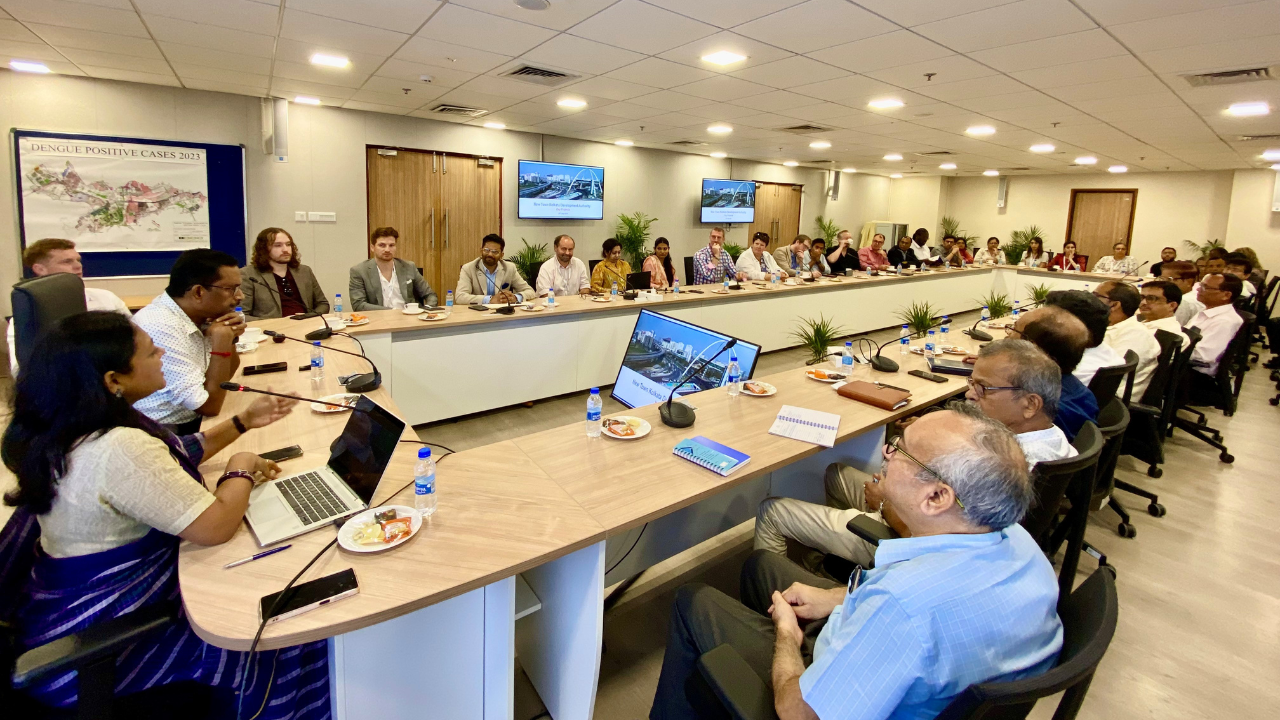The growth and agglomeration of urban population constitute the most basic characteristics of an urbanized society, especially in megacities such as Beijing and Shanghai in the eastern coastal areas. The rapid growth of the total urban population and the evolution of the spatial form are more prominent. “How to deal with the pressure of population growth and agglomeration on urban development and governance, and achieve orderly and effective urban development and governance?” has become one of the contradictions in the current transformation and development of megacities. In this regard, CHEN Dan, an expert in sociology from China, has conducted in-depth research.
In recent years, the influx of foreign population has injected fresh blood and provided strong support for the development of megacities such as Beijing and Shanghai. However, the surge of population has also caused many problems: the excessive increase of foreign population has overwhelmed the city, the contradiction between population and resources and the environment has become increasingly prominent, and the “urban disease” has become more and more prominent, too. For example, urban public infrastructure cannot keep up with the pace of population expansion: public services such as education, medical care, housing, and social security cannot meet the needs of the new population. In addition, there are still some problems such as poor living environment and hidden safety hazards in some floating population settlements. “Objectively speaking, the number of people a city can accommodate is limited. Excessive aggregation of the population harms the interests of all members living in the city and reduces the overall happiness index of urban life. Obviously, this is not the intention and original intention of urbanization.” CHEN Dan said. She believes that the purpose of urbanization is to make people’s lives better and to allow more people to enjoy the fruits of urban civilization development, rather than to let people live in a city with overcrowding, traffic congestion, environmental pollution, and inconvenience.
In response to the population growth of Shanghai, a megacity, CHEN Dan began to think and evaluate the impact of population control policies on the development trend of Shanghai’s total population in the future. Based on the actual data of Shanghai’s total population before 2013 (including 2013) and before 2014 (including 2014), two population predictions were made (the prediction results include the total population and the age structure of the population). She compares the results of two population forecasts to evaluate the future development of Shanghai’s population in the context of regulation. CHEN Dan said that the comparative forecast reflects the long-term impact of population regulation on Shanghai’s population development to a certain extent. “The forecast plan based on the population data in 2013 and before shows that there is still a lot of room for growth in Shanghai’s total population by 2030.” CHEN Dan said.
“Population changes are closely related to changes in economic structure. Labor and other production factors such as capital have the same industrial follow-up, and industries also follow labor.” CHEN Dan believes. At present, the growth rate of employees in the secondary industry in Shanghai has slowed down, but the total volume is still rising. Therefore, in terms of promoting the transformation of the total and composition of the labor force in the three industries, there is obviously still a lot of room for population control. In this regard, she and her team partners conducted in-depth research on Shanghai’s population growth, and conducted in-depth research on issues such as “how to deal with the challenges brought about by rapid population gathering”, “how to better strengthen the comprehensive control of population in megacities” and “how to solve the development and management of the stock non-registered population”. Finally, as the second author, she wrote the report Suggestions on Population Growth and Implementation of Comprehensive Population Control in Megacities, which was approved by the mayor of Shanghai at that time.
Through investigation and analysis, CHEN Dan concluded that the comprehensive control of population in megacities should be adapted to the laws of urbanization development and market mechanisms. The evolution of the urban system and the population growth of megacities should be predicted based on the inherent laws of rapid urbanization and urban population growth, and one-sided reliance on the administrative system to put forward unrealistic urban development planning goals should be avoided. CHEN Dan said, “China’s urbanization cannot be planned in an outdated urban development strategy framework, but should consider the diversity of different regions and the regularity of urban system evolution in different stages of urbanization, and ultimately promote the organic growth of various cities.” She believes that Shanghai should have a more holistic vision for the development of urban agglomerations, and promote urbanization within the overall framework of urban agglomerations, so as to avoid falling into a simple theory of large, medium and small cities. “Under the background that a megacity like Shanghai has developed into a polycentric urban agglomeration and the overall urban agglomeration, the simple control of the total population and restrictive regulation may not necessarily adapt to the specific reality of the gradual growth of polycentric cities.” From CHEN Dan’s point of view, she believes that instead of controlling the size of the city’s population and regulating population introduction, Shanghai should pay more attention to the layout of urban space to absorb the population, expand the city’s carrying capacity for the population, and further promote the formation of a multi-center giant city, as well as allowing outstanding talents to better serve the development of polycentric megacities.
As a sociology expert, CHEN Dan devoted herself to exploring the population growth of megacities and implementing comprehensive population control. She proposed that megacities should break through the barriers of solidified interests, completely break the unequal status of urban areas in the field of public resource allocation, and speed up the transfer of high-quality educational resources and public health resources to the suburbs. Her insights have also been affirmed by all sectors of society. Although she received a lot of affirmations, she did not stop, and she set her sights further afield. After exploring the most effective way to achieve the goal of population regulation, she went to the research road of population regulation service again.
“In the context of continuing rapid population urbanization and population migration, strict control of the population size of megacities and comprehensive population control will result in obstacles and a long way to go. Therefore, the development and management of megacities in the process of rapid urbanization should also focus on strengthening comprehensive population services and management, rather than simply administratively conducting comprehensive population control and controlling the total scale.” CHEN Dan said. (Author: CHEN Kai)




























